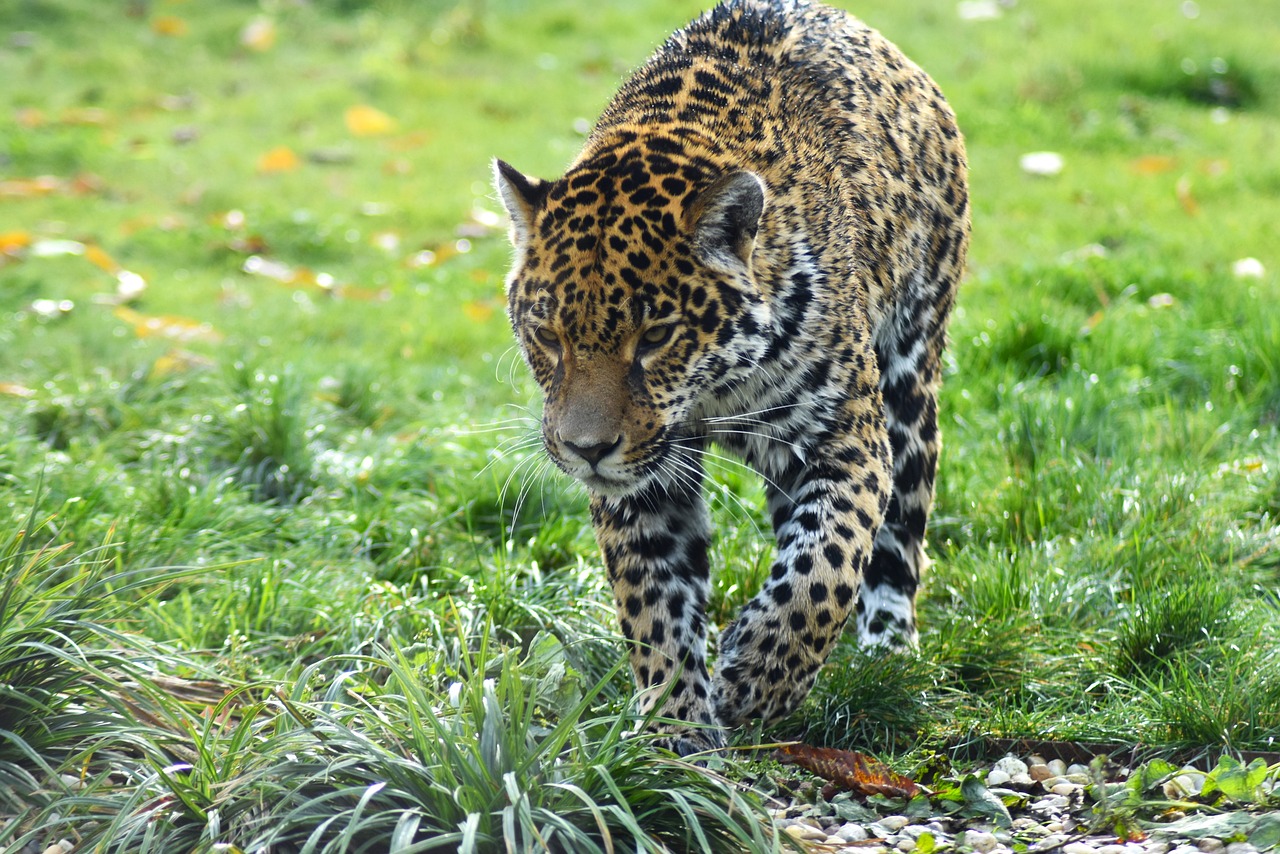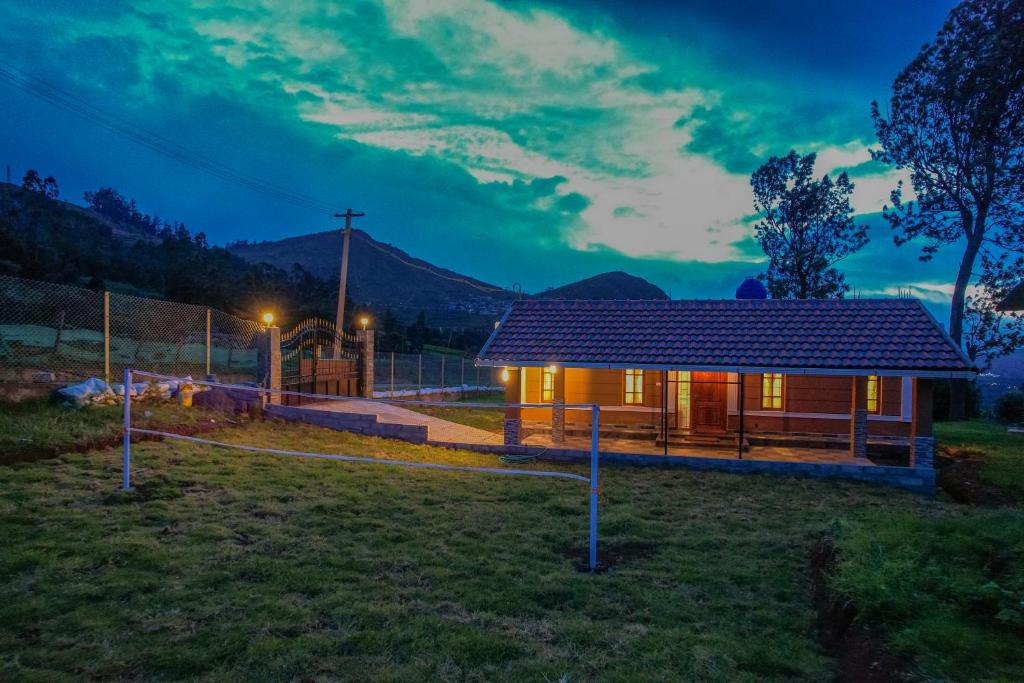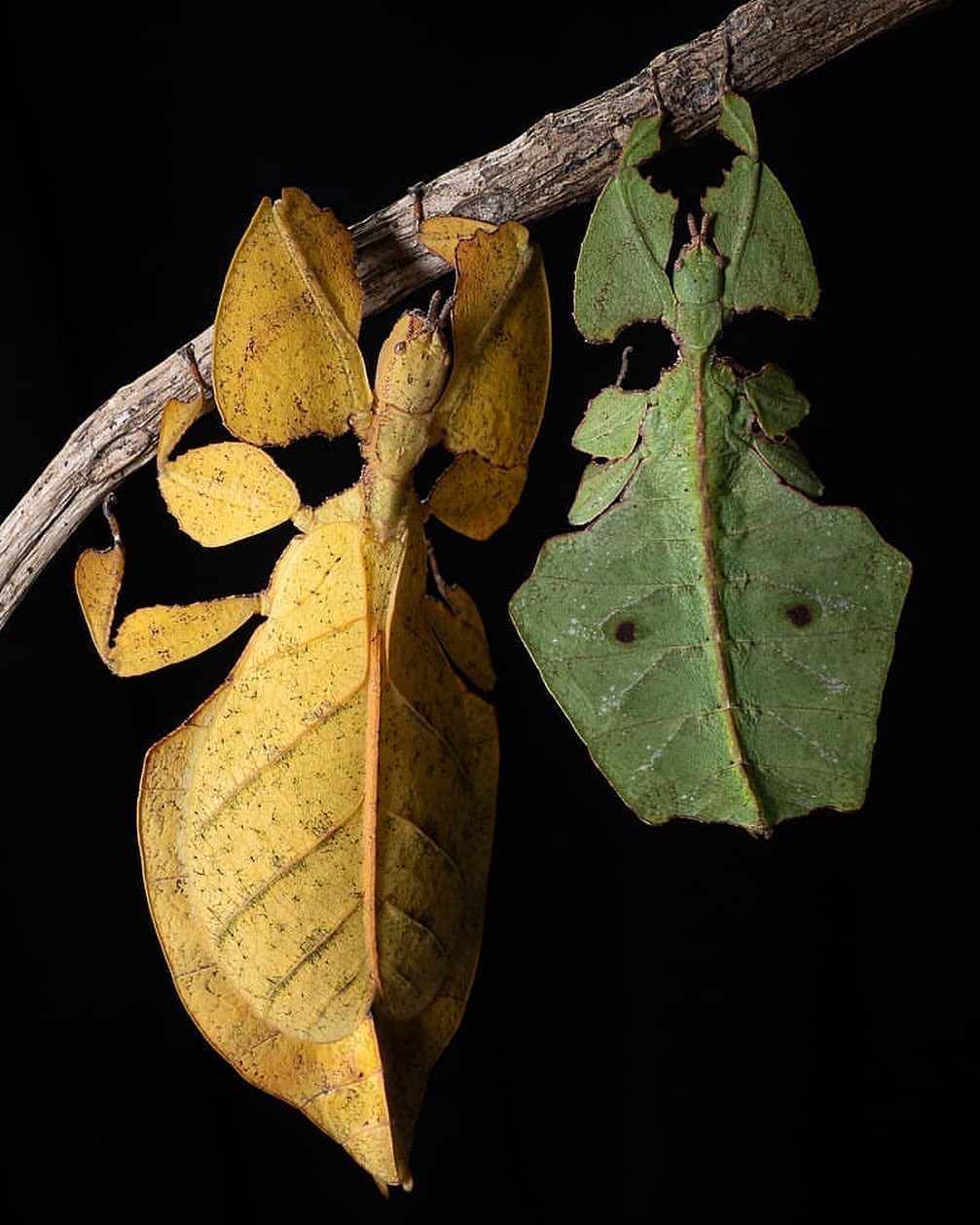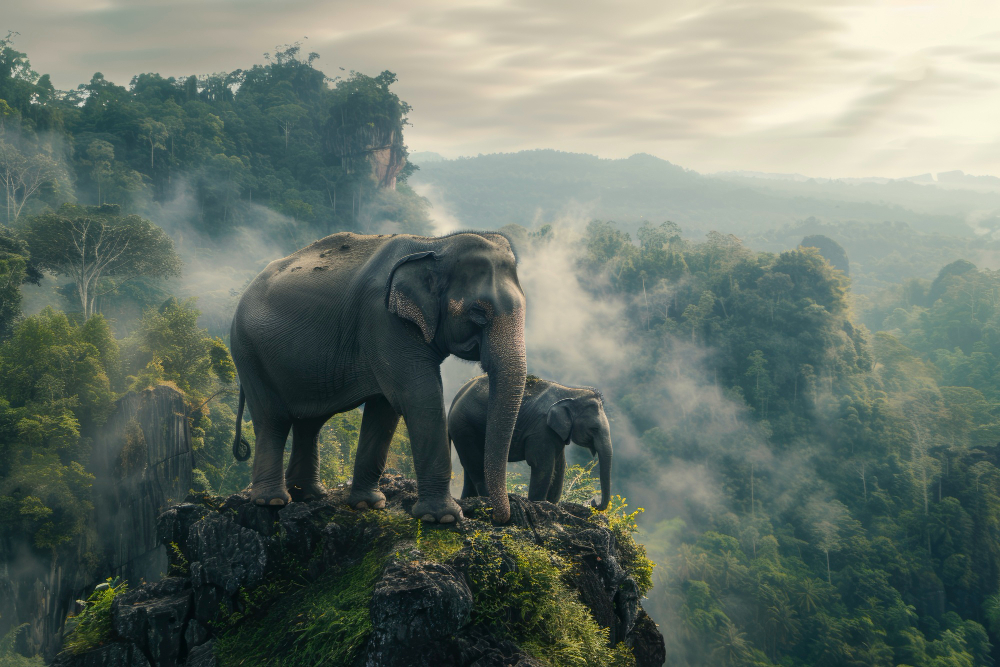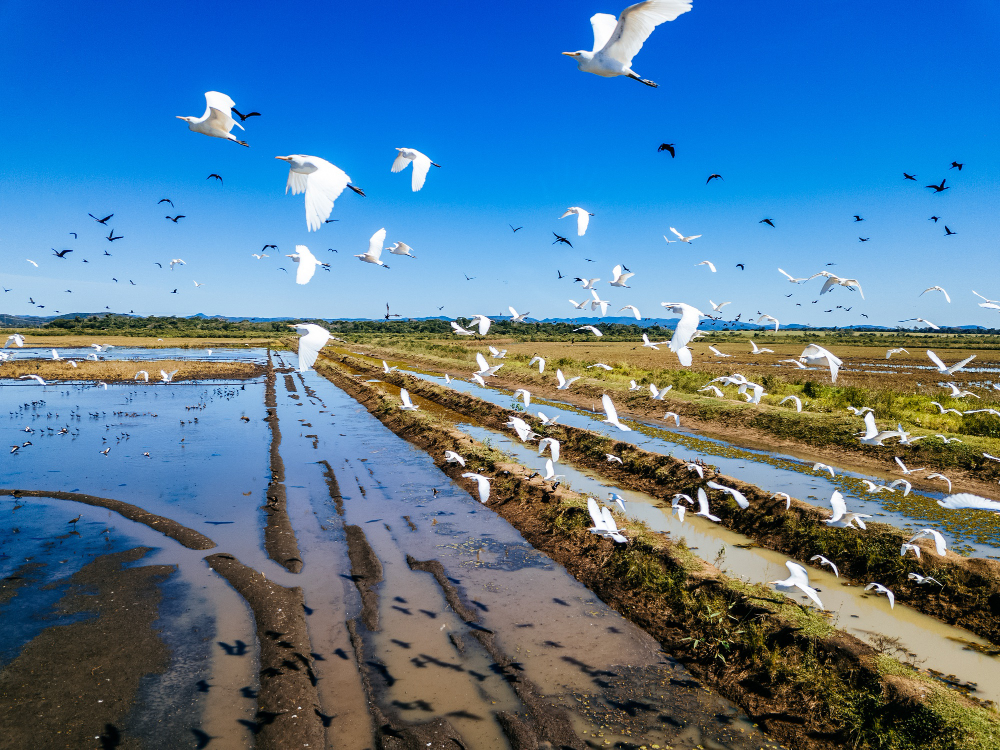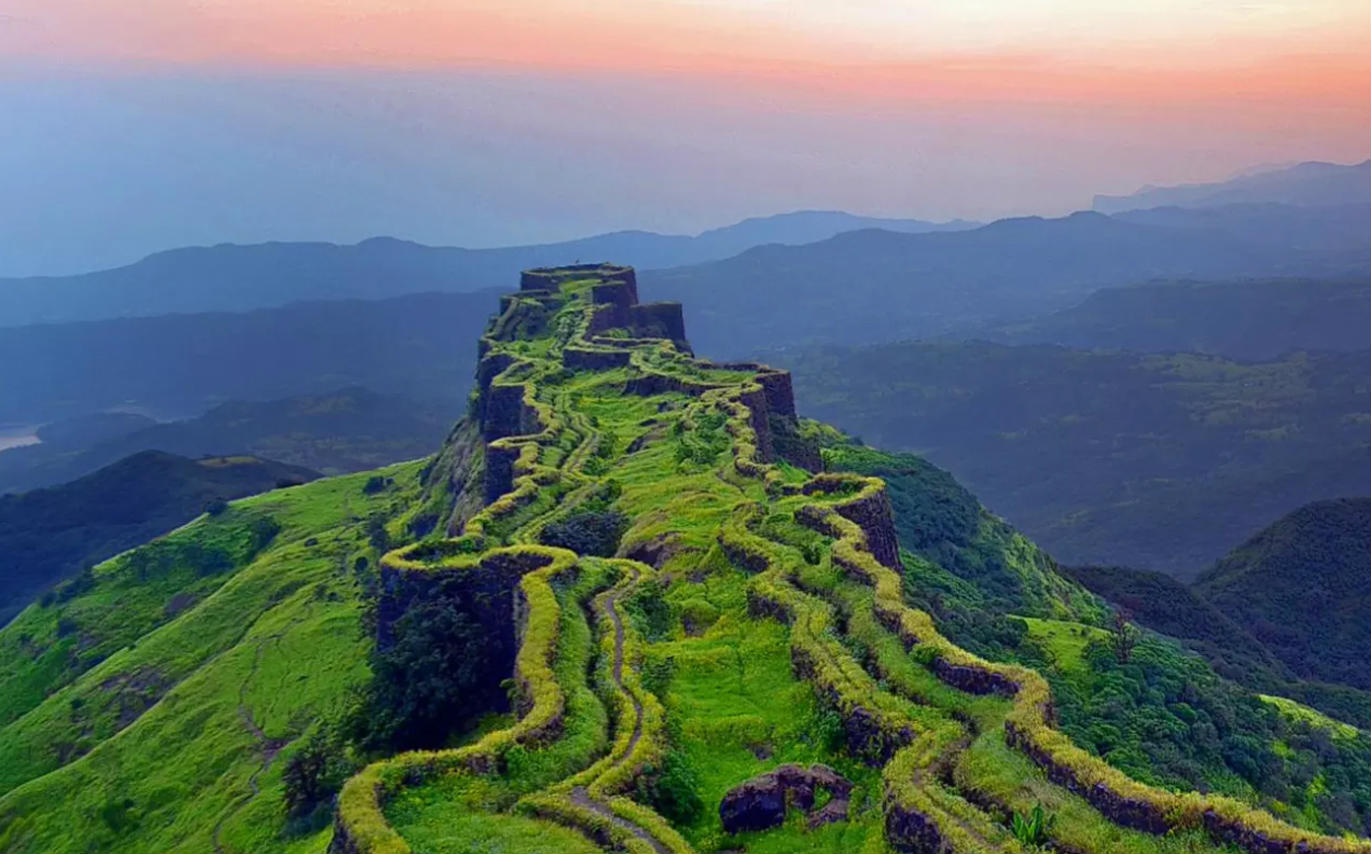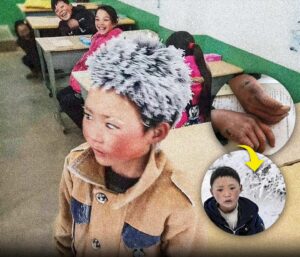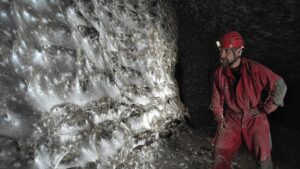 Pin
Pin Photo source via web search
There are mornings when the world seems to hold its breath, when frost transforms the ordinary into something almost sacred. On such a morning, a small figure moved through the Yunnan mountains, his footsteps leaving dark prints in the white silence. Wang Fuman was eight years old, and the cold had begun its patient work on him—crystallizing each strand of hair, painting his eyebrows with winter’s own brush, turning his small face into a study of endurance and something deeper, something we might call grace.
The distance was only five kilometers, yet distances are never merely measurements, are they? They are the sum of wind and worry, of tired legs and the stubborn belief that school matters, that examinations must be taken, that missing a single day might somehow close a door that should stay open. When he arrived and his teacher lifted the camera, neither understood they were capturing something the world needed to see—not spectacle, but truth. Within hours, the ice boy in China had become everyone’s child, everyone’s responsibility, everyone’s uncomfortable awakening.
“In every frozen breath, there lives a dream that refuses to thaw.”
The photograph asked nothing and demanded everything. It whispered that while we debate the temperature of our morning coffee, somewhere a child walks through winter wearing hope like armor.
Table of Contents
The Geography of Hardship
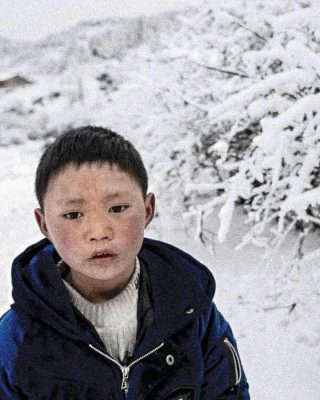 Pin
Pin Photo source via web search
The mountains of Yunnan hold their secrets close, folded into mist and altitude. This is not the China of gleaming towers and bullet trains, but rather the China of earth roads and scattered farmhouses, where electricity arrived late and running water remains a luxury some families still negotiate with. Wang Fuman’s village, Zhuanshanbao, clings to the landscape at nearly 3,000 meters above sea level—a place where winter doesn’t announce itself so much as settle in like an old tenant who never leaves.
His home had no heating, only the memory of warmth. Each night, the family would layer themselves in whatever clothing they owned, sleeping in jackets because the cold seeped through walls made of whatever materials poverty could gather. The walk to Zhuanshanbao Primary School meant descending through terrain that tested even adult resolve—narrow paths where ice made footing treacherous, winds that searched for any exposed skin, temperatures that hovered around negative nine degrees Celsius, though the cold itself felt like something with intention, with purpose.
“The earth remembers every footstep of those who refuse to stop walking.”
Yet this was simply life, wasn’t it? Not tragedy in his eyes, but Tuesday. Not suffering that demanded recognition, but the basic exchange his parents had taught him: education costs something, and sometimes that cost is measured in frozen eyelashes and numb fingers. The other children in his village knew this arithmetic too—dozens of them making similar journeys, their small bodies moving through winter’s indifference toward the promise that school represented.
The Morning That Changed Everything
 Pin
Pin Photo source via web search
The examination day arrived with its own particular weight. Wang’s father had left for construction work in another city—one of millions of migrant laborers who chase wages across provinces, leaving children behind with grandparents or, as in Wang’s case, with an older sister barely old enough to manage herself. His mother had departed years earlier, her absence a silence the family had learned to navigate around. So the boy woke in darkness, dressed in layers that would prove insufficient, and began walking while stars still pierced the sky.
What transforms an ordinary hardship into a moment of revelation? Perhaps it was the way the cold worked on him so thoroughly, so artistically. By the time he pushed open the classroom door, he had become a living sculpture of winter itself—his hair no longer black but white and rigid, standing in frozen peaks like a mountain range in miniature. His eyebrows had thickened with ice crystals, and his cheeks burned with that particular red that comes from capillaries fighting cold. He was smiling, though. That detail matters enormously. Despite everything, or perhaps because of everything, he smiled.
“Some flowers bloom in spring, but courage blooms in winter.”
His teacher, moved by something she couldn’t quite name, reached for her phone. The photograph she took was artless in the best sense—no staging, no performance, just a child at his desk with textbooks open and frost slowly melting into his collar. She posted it to social media with a simple caption about her students’ dedication, expecting perhaps a few sympathetic comments from friends. Instead, she had inadvertently opened a window into a world most people had forgotten existed, or never knew at all.
When Silence Becomes a Roar
 Pin
Pin Photo source via web search
The photograph moved through the digital world with the strange velocity that certain images possess—not viral in the hollow sense of entertainment, but viral as truth sometimes is when it finally escapes containment. Within hours, millions of Chinese citizens had paused mid-scroll to stare at this small face crowned with ice. The image traveled through WeChat and Weibo, leaping from phone to phone, carrying with it an uncomfortable recognition. Here was something people knew existed but had successfully avoided looking at directly, the way we avoid looking at the sun.
The responses came in waves, each one adding texture to a conversation that was rapidly becoming national. Some viewers wept openly, confessing they had complained that very morning about their heated car seats taking too long to warm. Others shared memories of their own rural childhoods, decades past but suddenly present again in Wang’s frozen hair. The donations began almost immediately, not as organized charity but as spontaneous offerings—a retired teacher sending her pension surplus, university students pooling meal money, a businessman redirecting his daughter’s birthday party budget. The money accumulated with startling speed, reaching three million yuan within days.
“We build walls to keep the cold out, but sometimes we need the cold to break our walls down.”
Yet beneath the sympathy ran something more complex, a current of shame perhaps, or reckoning. China’s economic miracle had created gleaming cities while leaving pockets of rural poverty largely untouched, and Wang’s image was an inconvenient mirror. The nation that had lifted hundreds of millions from poverty still had children walking through winter to reach unheated classrooms, still had families choosing between food and warmth, still had distances that couldn’t be measured in kilometers alone.
The Weight of a Single Photograph
There exists a peculiar alchemy in certain images, a transformation that occurs when light and circumstance conspire to reveal something essential about the human condition. Wang Fuman’s photograph possessed this quality—it was simultaneously specific and universal, uniquely Chinese yet somehow belonging to every place where childhood and hardship intersect. The ice in his hair became a kind of crown, though not one anyone would wish to wear, and his eyes held something that resisted easy categorization. Not quite sadness, not quite pride, but perhaps that particular dignity that emerges when someone endures what they must without complaint or performance.
The photograph worked on people’s consciousness in layers. At first glance, it shocked—the visual contrast between a child’s vulnerability and winter’s severity created an immediate emotional response. But the longer one looked, the more complex it became. His posture suggested concentration rather than suffering; he sat ready to work, pencil in hand, as though the ice melting down his neck was merely incidental to the real task at hand. This juxtaposition unsettled viewers more than pure misery might have, because it suggested a normalcy to conditions that should never be normal, an adaptation to circumstances that shouldn’t require adaptation.
“The heart breaks not at suffering itself, but at how beautifully some souls learn to carry it.”
Media outlets across the globe picked up the story, each translation carrying the image further from its origins yet somehow deepening its resonance. In cold climates, people recognized winter’s bite and marveled at the distance traveled. In warm countries, the frost itself seemed almost mythical, a fairy-tale element attached to a very real story about inequality and determination. The boy had become, without seeking it, a symbol—though symbols are always inadequate containers for actual human beings with their own private hopes and fears.
The Boy Behind the Ice
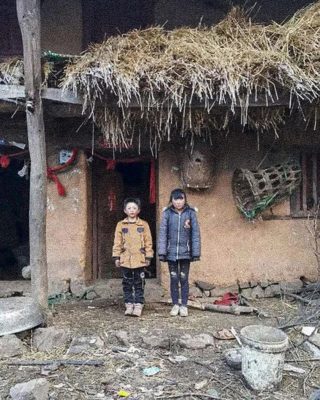 Pin
Pin Photo source via web search
Who was Wang Fuman when the camera wasn’t watching? This question matters more than we sometimes remember, because symbols have a tendency to erase the very people they’re meant to represent. He was eight years old, the son of farmers who worked land that yielded barely enough, a student who liked mathematics more than language arts, a brother who helped care for his younger sibling when their father sent money from distant construction sites.
His favorite food was rice with a bit of meat, though meat appeared infrequently enough to remain special. He had friends who walked similar distances, though none had been photographed, and therefore remained invisible to the world’s sudden concern.
The interviews that followed the photograph’s viral spread revealed a child with remarkable emotional equilibrium. When reporters asked if he felt angry about his circumstances, he seemed puzzled by the question. Anger required comparison, didn’t it? Required knowing that somewhere children rode in heated buses to schools with radiators that actually worked. He knew only what he knew—that school mattered, that his father worked hard in the city to give them a future, that walking through cold was simply what one did. There was something almost unbearable about his matter-of-factness, the way he described sleeping in jackets as though this were merely a practical arrangement rather than a failure of systems meant to protect children.
“In the vocabulary of the young, ‘normal’ is whatever they wake to each morning—even ice, even distance, even cold that bites.”
His teacher spoke of his diligence, how he rarely missed school despite the conditions, how his homework arrived completed even when his fingers must have been too numb to hold the pencil comfortably. Other students confirmed he never complained, never sought sympathy or special treatment. This quiet persistence was what had moved his teacher to photograph him in the first place—not as spectacle, but as documentation of something she witnessed daily and felt the world should understand. The ice was dramatic, yes, but the real story lived in his consistency, in showing up day after day when not showing up would have been entirely understandable.
The Machinery of Kindness
 Pin
Pin Photo source via web search
When money began flowing toward Wang Fuman and his school, something curious happened in the space between intention and implementation. The donations arrived with tremendous speed—three million yuan materializing as though summoned by collective guilt or perhaps collective hope that problems might be solved as quickly as they’re photographed. Yet money, for all its utility, cannot simply be poured over hardship like warm water over ice.
It requires channels, decisions, administrators who must weigh immediate relief against systemic change, individual need against community benefit.
The local education bureau became stewards of this sudden windfall, and their choices revealed the complexity of compassion at scale. They installed heating systems in Zhuanshanbao Primary School and seventeen other schools in the region, purchased insulated uniforms for hundreds of students, and established funds for infrastructure improvements that would outlast the media cycle. Wang’s family received support, though officials were careful—too much directed at one child might breed resentment among equally deserving neighbors, might transform a symbol of shared struggle into an object of envy. The mathematics of fairness becomes intricate when resources are finite and suffering is widespread.
“Gold falls like rain, but roots take time to drink.”
Some criticized the response as performative, arguing that it took a viral photograph to mobilize resources that should have been allocated through ordinary governance. Why did it require a child’s frozen hair to reveal that schools lacked heating in regions where winter drops below freezing? The question hung uncomfortably in the air, suggesting that the problem wasn’t lack of wealth but lack of attention, that rural poverty persisted not because solutions were impossible but because those with power to implement them had been looking elsewhere. The photograph had worked as advocacy in ways that statistics and reports never quite manage—a single face accomplishing what policy papers could not.
The Journey to Beijing
Several weeks after the photograph circled the globe, Wang Fuman found himself on a train—a real train, not the idea of one—traveling toward Beijing with a small group of classmates. The journey itself was a gift arranged by sponsors who understood that sometimes experience teaches what money cannot buy. For a child who had never left his mountain village, who had known only the particular geography of poverty, the train ride became a form of education all its own. The landscape streaming past the window moved from familiar brown mountains to unfamiliar flat plains, from scattered farmhouses to clustered apartment blocks, from the world he knew into worlds he had only imagined.
Beijing arrived as a shock of scale and motion. The subway system alone contained more people than his entire county, moving with purpose through underground corridors lit bright as day. He walked through Tiananmen Square, stood before monuments he had seen only in textbooks, and visited the National Museum where history was preserved behind glass like something precious. But what struck him most profoundly, what he would mention again and again in interviews, was the heating. Not the Forbidden City’s grandeur or the modern architecture’s ambition, but the simple fact that buildings were warm, that people walked comfortably in single layers, that winter could be kept at bay by systems his home village couldn’t afford or access.
“Wonder lives not in palaces, but in radiators that actually work.”
His quote—”At home we sleep in jackets, here I can walk in one shirt, heating is a miracle”—revealed something more poignant than any journalist’s observation could capture. He had named what others took for granted as miraculous, had identified warmth as extraordinary rather than ordinary. The statement inverted the usual relationship between privilege and perspective, suggesting that perhaps those who have everything understand the value of nothing, while those who have little understand the worth of warmth, of light, of basic comfort that makes childhood possible rather than merely endurable.
The Mathematics of Attention
There exists a troubling equation in how the world distributes its concern—one photogenic child can mobilize millions, while thousands of equally deserving children remain nameless in their struggles. Wang Fuman’s story raised this uncomfortable arithmetic to the surface, forcing observers to confront why his frozen hair mattered more than the frozen hair of his classmates who walked beside him, unseen and unphotographed. The answer, of course, has nothing to do with worthiness and everything to do with the mechanics of modern attention, the way a single image can pierce through the noise while comprehensive data about rural poverty generates only polite nodding and eventual forgetting.
This phenomenon troubles ethicists and activists alike, because it suggests our empathy operates more like a spotlight than a floodlight, illuminating one small circle intensely while leaving the surrounding darkness untouched. Yet perhaps this is simply how human consciousness works, how we manage the overwhelming scale of suffering in the world by focusing on the particular rather than drowning in the universal. Wang became a doorway through which people could glimpse a larger crisis without being paralyzed by its enormity. His face made abstract poverty concrete, transformed statistics into story, gave people something specific to care about rather than everything to feel helpless about.
“One candle cannot light a thousand rooms, but it can show us where the darkness lives.”
The donations that poured in after his photograph went viral improved conditions not just for him but for entire communities, suggesting that sometimes the symbolic and the practical need not oppose each other. His becoming a symbol created resources that helped the unseen children walking similar paths, even if their names would never trend on social media. The inequality of attention produced, paradoxically, a more equal distribution of resources than might have occurred through bureaucratic channels alone. Still, the question lingered like morning frost—how many children must freeze before one photograph reminds us to care, and what happens when the next viral moment redirects attention elsewhere, leaving yesterday’s crisis to fade back into comfortable invisibility?
The Persistence of Winter
Spring arrived in Yunnan as it always does, indifferent to viral photographs and international attention. The ice melted from Wang Fuman’s hair, the donations were distributed, the heating systems installed, and life resumed its particular rhythm in the mountains. Yet winter would return, as winter always does, and the question became whether the changes sparked by one frozen morning would outlast the warmth of public sentiment. Systems have their own inertia, their own resistance to transformation, and the gap between urban and rural China remained vast even as Wang’s school received new insulation and his classmates wore warmer uniforms.
The local government, prompted partly by embarrassment and partly by genuine concern, initiated broader infrastructure projects in the region. Roads were improved, making the journey to school less treacherous. Additional teachers were recruited to reduce class sizes, and subsidies were established for families like Wang’s who struggled to afford basic necessities while also keeping children in school. These were meaningful changes, the kind that wouldn’t generate headlines but would quietly alter the daily mathematics of survival for thousands of families. The heating that Wang had called miraculous became, gradually, merely normal—which was perhaps the greatest victory, the transformation of miracle into expectation, of luxury into basic right.
“Progress whispers where crisis once shouted, doing its work in silence after the cameras turn away.”
Yet honest observers noted that Wang’s village benefited disproportionately from its accidental fame, receiving resources and attention that equally poor villages a few mountains away still lacked. The photograph had created a kind of poverty lottery, where the winner was determined not by need but by the accident of being photographed at the right moment with sufficiently striking visual elements. This raised deeper questions about how societies allocate care—whether we should rely on viral moments to reveal systemic failures, or whether we might develop mechanisms that identify and address hardship before it requires a child’s frozen face to make it visible.
What the Mirror Shows Us
Wang Fuman’s photograph functioned less as a window into his world and more as a mirror reflecting our own—revealing what we choose to see and what we’ve trained ourselves to overlook. In wealthy coastal Chinese cities, the image disrupted the comfortable narrative of national progress, reminding viewers that the rising tide had not lifted all boats equally, that some children were still navigating waters so cold they left ice in their hair. For international audiences, particularly those in developed nations, the photograph offered a different kind of reflection, one that asked what hardships children endure globally while we adjust thermostats and complain about minor inconveniences.
The mirror worked both ways, though, because it also reflected back something luminous about human resilience and the particular grace that sometimes emerges from difficulty. Wang’s smile in that photograph, slight but genuine, suggested that suffering and dignity could coexist, that hardship need not destroy the capacity for determination or even joy. This complicated the simpler narratives people wanted to impose on the image—it wasn’t purely tragic because the child himself seemed not to perceive it as tragedy, wasn’t purely inspirational because the conditions remained genuinely unjust. The photograph resisted easy interpretation, which was perhaps why it lingered in consciousness longer than clearer, simpler images might have.
“The truest mirrors show us not what we want to see, but what we need to recognize—in others, in ourselves, in the distance between comfort and cold.”
Psychologists noted an interesting pattern in how people responded to Wang’s story versus abstract statistics about rural poverty. The single face activated empathy centers in the brain that large numbers could not reach, creating emotional engagement that translated into action. This wasn’t a failure of rationality but rather an acknowledgment of how human consciousness actually operates—we are storytelling creatures who connect to narrative and particular detail more readily than to data, however comprehensive. Wang’s frozen hair told a story that housing statistics and income inequality reports could not, working on the heart before asking the mind to catch up. The challenge, then, became how to sustain the concern that a photograph could spark beyond the brief lifespan of viral attention, how to transform momentary emotion into lasting commitment to addressing the systemic issues his image had momentarily illuminated.
The Boy Who Walks Forward
Years have passed since that frozen morning, and Wang Fuman continues his education, though now in circumstances considerably warmer than before. He moved to a better-resourced school, his path made smoother by the attention his accidental fame generated, yet he carries with him the particular knowledge that comes from having experienced what comfort costs. Teachers report he remains diligent, perhaps more aware than his urban peers that education represents not just opportunity but transformation, the difference between repeating his parents’ struggles and charting a different course entirely.
The question of what happens to symbols after the symbolism fades remains relevant to his story. Will he be allowed to become simply himself—a young person with ordinary dreams and private ambitions—or will he remain forever frozen in that moment, expected to embody gratitude and inspiration for audiences who have moved on to the next viral story? There’s a particular burden in being seen, in having your hardship transformed into meaning for others, and Wang navigates this with the same quiet competence he brought to that long winter walk. He studies mathematics and dreams of university, speaks politely to the occasional journalist who still seeks him out, and lives in the strange space between the boy he was and the symbol he became.
“We walk forward carrying all our frozen mornings, but we need not remain ice—we can choose to melt, to flow, to become something new while remembering what shaped us.”
His story asks us to consider what we owe the children who show us truths we’d rather not see, and what responsibility comes with witnessing hardship through the comfortable distance of a screen. The donations helped, the heating systems matter, the improved infrastructure will serve students for years to come. Yet the deeper question remains unanswered—will we remember the lesson when the next winter arrives, when other children walk through cold that never gets photographed, when suffering continues in all the places our attention doesn’t happen to land? Wang Fuman walked into a classroom and accidentally walked into history, but thousands of children still walk similar paths in silence. Perhaps the real test of whether his frozen hair meant anything comes not in what changed for him, but in whether we’ve learned to see what we weren’t looking at before, and having seen it, whether we’ll choose to keep our eyes open even when the image is no longer trending, even when caring requires more than a moment’s sympathy and a quick donation. The ice melts, but the distance remains, and someone must still walk it.
FAQs
Wang Fuman received educational support and moved to a better school. Donations brought heating systems to his village school and helped many rural students access warmer clothes and improved facilities.
He walked approximately 5 kilometers through freezing temperatures around –9°C. The journey took nearly an hour through mountain terrain, which turned his hair and eyebrows to ice.
Roughly 3 million yuan (about $450,000) poured in from across China and beyond. The funds improved conditions for multiple schools in Yunnan’s impoverished rural areas.
Yes. His school and seventeen others in the region received heating installations, along with insulated uniforms for students and infrastructure improvements that continue benefiting children today.
Wang was amazed by the heating, saying “At home we sleep in jackets. Here I can walk in one shirt. Heating is a miracle”—revealing how basic warmth felt extraordinary to him.



